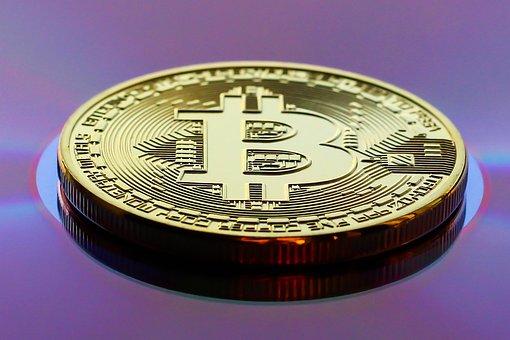The Edge Computing Market involves the decentralization of computing resources from cloud data centers to the "edge" of the network, closer to the data source (e.g., IoT devices, sensors). By processing data locally rather than in a distant cloud, edge computing reduces latency, enhances speed, and improves reliability for time-sensitive applications.
Request for sample copy of report: https://g1b2.short.gy/6ScdDb
Key Components:
- Edge Devices: Physical hardware such as sensors, IoT devices, smartphones, and gateways that process and analyze data locally.
- Edge Data Centers: Smaller, decentralized data centers located near the devices, enabling low-latency data processing.
- Edge Platforms: Software platforms that manage the distribution, deployment, and orchestration of applications and services across edge devices and data centers.
Market Size and Growth:
- The edge computing market has seen rapid growth, fueled by the rise of IoT devices, 5G technology, and real-time analytics needs.
- In 2023, the market size was estimated at around $12 billion, and it is projected to reach $90 billion by 2030, with a CAGR of 30-35% over the forecast period.
Market Drivers:
- IoT Proliferation: Billions of IoT devices need local processing for applications like smart cities, smart homes, and industrial automation.
- 5G Rollout: The deployment of 5G networks enables faster, low-latency connectivity, making edge computing more viable for applications like autonomous vehicles and augmented reality (AR).
- Latency and Bandwidth Constraints: Edge computing minimizes latency and reduces bandwidth costs by processing data locally rather than sending it to the cloud.
- AI and Real-Time Analytics: For time-sensitive applications like video surveillance, robotics, and healthcare monitoring, edge computing enables real-time decision-making.
Major Players:
- Amazon Web Services (AWS)
- Microsoft Azure
- Google Cloud
- IBM
- Cisco Systems
- EdgeConneX
- Dell Technologies
- HPE (Hewlett Packard Enterprise)
Browse Detailed Summary of Research Report: https://www.uniprismmarketresearch.com/verticals/information-communication-technology/edge-computing.html
Future Trends:
- AI Integration: AI at the edge, or "edge AI," will enable smarter, faster decision-making for industries like robotics, drones, and healthcare.
- Edge-to-Cloud Continuum: Seamless integration between edge computing and cloud computing will enable hybrid models where data is processed locally and in the cloud as needed.
- Edge Security Solutions: As the market grows, there will be an increased focus on securing edge networks and devices through advanced encryption and authentication protocols.
- Edge in Autonomous Systems: The rise of autonomous vehicles, drones, and robotics will heavily rely on edge computing for processing vast amounts of data in real-time.
The edge computing market is positioned for substantial growth, driven by the need for low-latency, high-speed data processing across industries. Its expansion is tightly linked with the growth of IoT, 5G, and AI applications.
Browse Related Reports:
Safety Helmets Market - https://www.uniprismmarketresearch.com/verticals/information-communication-technology/safety-helmets.html
Construction Equipment Market - https://www.uniprismmarketresearch.com/verticals/information-communication-technology/construction-equipment.html
Mining Drill Bits Market - https://www.uniprismmarketresearch.com/verticals/information-communication-technology/mining-drill-bits.html
HVAC Control Systems Market - https://www.uniprismmarketresearch.com/verticals/information-communication-technology/hvac-control-systems.html
3D Printing Construction Market - https://www.uniprismmarketresearch.com/verticals/information-communication-technology/3d-printing-construction.html
Air Compressor Market - https://www.uniprismmarketresearch.com/verticals/information-communication-technology/air-compressor.html




